X
This article was co-authored by wikiHow Staff. Our trained team of editors and researchers validate articles for accuracy and comprehensiveness. wikiHow's Content Management Team carefully monitors the work from our editorial staff to ensure that each article is backed by trusted research and meets our high quality standards.
This article has been viewed 15,575 times.
Learn more...
Foldable wheelchairs are a great investment, but folding and unfolding them can be tricky if you don't have any experience. If you have a manual wheelchair or are planning to purchase one, it's important to understand the parts of your chair and the best way to open and close it. Afterward, you can store it in a compact and efficient manner.
Steps
Method 1
Method 1 of 3:
Folding the Wheelchair
-
1Lock your wheelchair’s brakes to stop it from rolling away. Typically, the brakes are activated by engaging the small levers located in front of the rear wheels. Push the levers toward the wheels to engage the breaks.
- Be sure to pull up on the levers away from the wheels to activate the brakes.
-
2Remove the large rear wheels. On most models, there is a locking pin located above the center of the wheel. Press down on the pin and hold it in place. While pressing the pin down, grab the wheel and pull it outward off of the chair.
- Refer to the manufacturer's instructions if your model doesn't have a pin.
Advertisement -
3Flip the wheelchair’s footplates to the side. The footplates are located in front of the front wheels. Start by grabbing the left footplate and gently push it to the left. Now, grab the right one and gently push it to the right.
- Grab the footplates by the front for the best grip.
-
4Move the armrests to the side if your chair has any. Start by gently moving the left armrest to the left. Afterward, move the right armrest to the right.
- Skip this step if your wheelchair doesn't have armrests.
-
5Pull upward on the brace to unlock it. Grab the brace at the middle and firmly pull it upward. This will unlock it and get the chair ready for folding.
- Skip this step if your chair doesn’t have a brace.
-
6Grab the wheelchair’s seat from the front and back. Start by standing directly in front of your wheelchair. Now, put one hand flat against the front of the seat and the other flat against the back.[1]
- Be sure to hold the seat firmly.
-
7Lift the seat slowly to the middle to fold the wheelchair. With each hand on one side of the seat, lift up the seat while maintaining a firm grip on the chair. As you lift the seat, the chair will begin to fold together as the wheels move closer together. Continue closing the chair until the seat is completely raised in the middle.[2]
- If your chair isn’t moving up, make sure that you’re applying enough pressure to the seat.
- Keep your fingers away from the folding mechanism and any moving parts of the wheelchair as you fold it.
Advertisement
Method 2
Method 2 of 3:
Unfolding the Wheelchair
-
1Undo the wheelchair's locking bar. The locking bar typically extends from the frame to the cross-braces—the x-shaped strut support between the side frames. Pull the bar out to unlock it and prepare your wheelchair for unfolding.
- Check the manufacturer's instructions if you're having trouble locating and undoing the locking bar, as there are variations between models.
-
2Stand the wheelchair on its front casters. The front casters are the small front wheels. Be sure to find a flat, level surface for your chair to make the process easier.
- Hold the wheelchair steady as it stands on its front casters.
-
3Press down on one of the wheelchair's seat tubes. Start by gripping one of the back handles of the chair—these are the ones used to guide it from behind. Now, while maintaining your grip, push down on the seat's tube handles opposite to the back handle.[3]
- Be sure to press down firmly but slowly and guide the chair open as it unfolds.
- Push down on the seat tubes after unfolding the chair to double-check that it's completely unfolded.
-
4Lock the rear wheel brace. Locate the metal bar that runs parallel to the diameter of the rear wheel. Now, press down on it firmly until you hear it lock into place.
- Give the brace a jiggle after pressing down on the metal bar to make sure it's properly locked.
- Keep your fingers free of the folding mechanism as you unfold the chair.
-
5Engage the wheelchair's wheel locks. Locate the locks along the 2 primary wheels and engage them by pressing them in the designated direction. Check the manufacturer's instructions for the specific procedure if you're having trouble.
-
6Install large rear wheels if your wheelchair is a convertible. Grab the frame at the rear legs. Now, depress the button located on the quick release axle and push the wheel axle into the axle housing on the frame until you hear a click.[4]
- Always pull the wheel in the opposite direction of the attachment.
Advertisement
Method 3
Method 3 of 3:
Storing Your Folded Chair
-
1Remove detachable parts of the chair before storing it. This includes side guards, seat cushions, cup holders, footrests, bags, and lighting kits. Store the parts in a closet with the chair or—if you're flying—into an overhead bin.
- Always remove detachable parts when you're flying to prevent damage to your chair.
-
2Store your wheelchair in the wheelchair closet or cargo hold if you're flying. Typically, wheelchairs are stored in a specialized closet—ask about these closets prior to flying. If your wheelchair doesn't fit, it will need to be placed in the airplane's cargo hold.[5]
- Remember that access to wheelchair storage closets is given on a first come, first served basis, so reserve a spot as early as you can when you're flying.
-
3Avoid storage areas with extreme temperatures to keep the battery safe. Wheelchair batteries are sensitive to extreme temperatures. Be sure to keep your wheelchair stored in a room with a stable temperature range.
- Always store your wheelchair away from humidity and sunlight.
- Wheelchairs should be stored in areas with temperatures between 20 to 110 °F (−7 to 43 °C).
Advertisement
References
About This Article
Advertisement

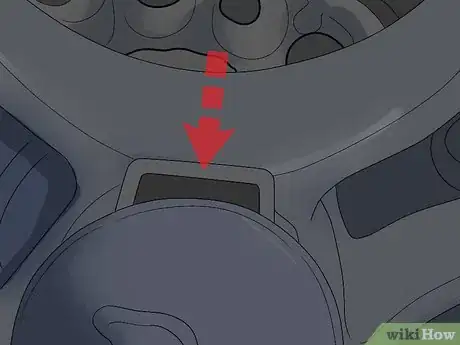
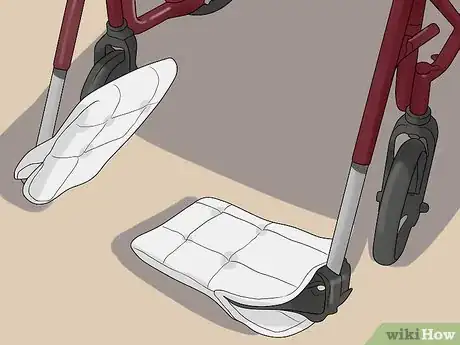
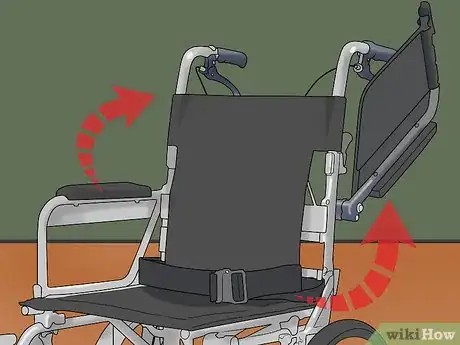
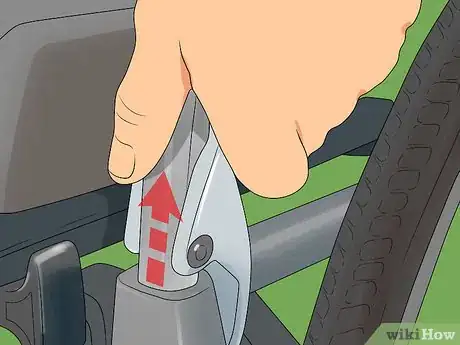
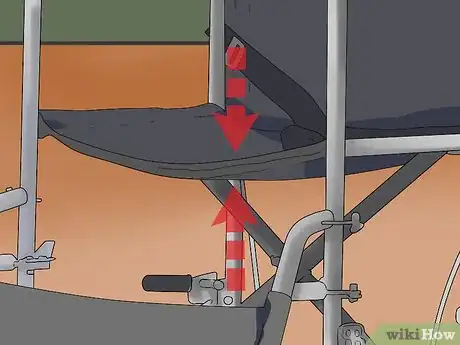
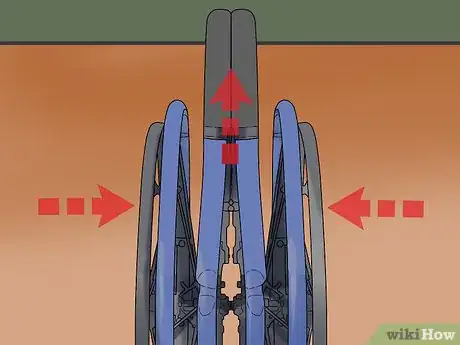
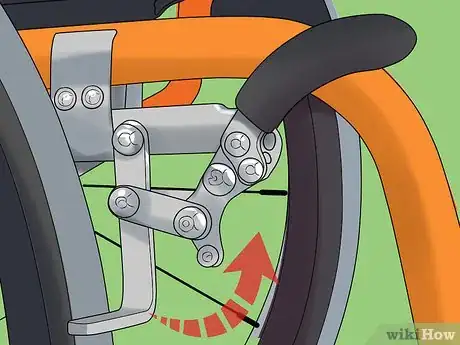
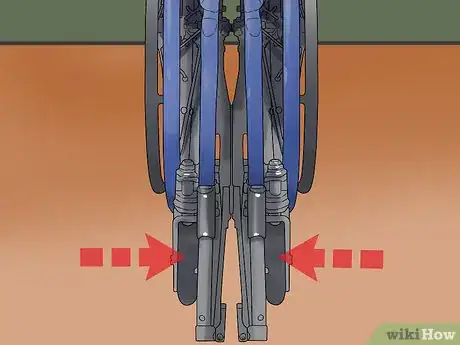
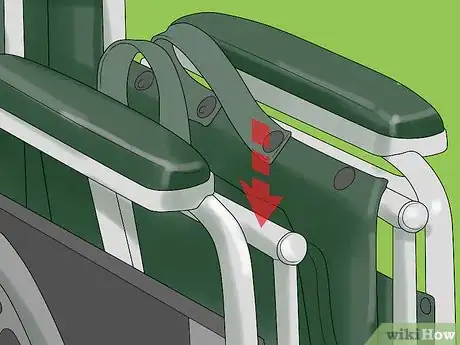
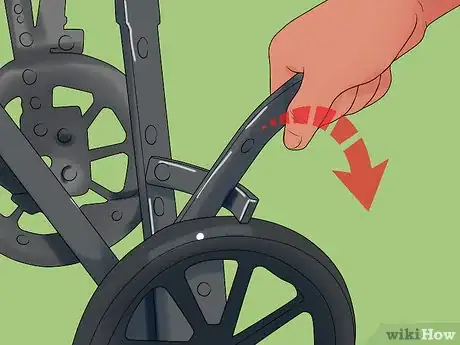

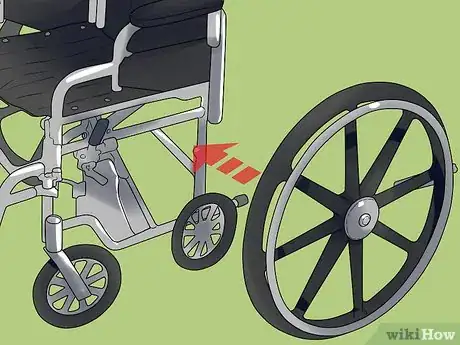

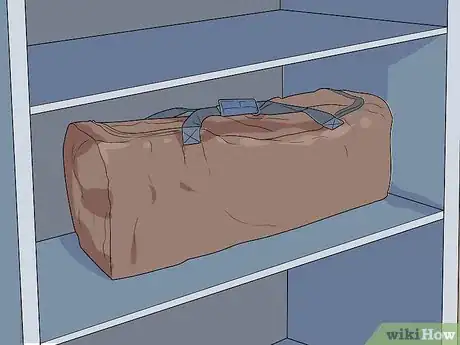
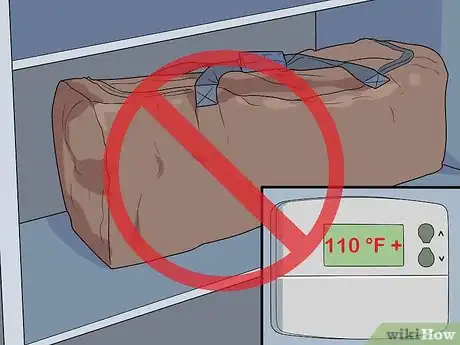


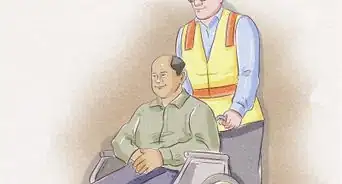
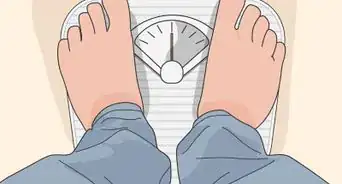



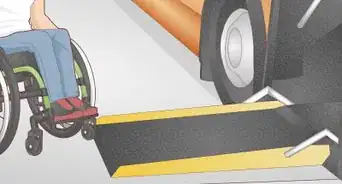

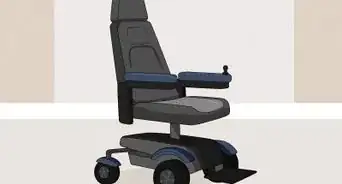














































Medical Disclaimer
The content of this article is not intended to be a substitute for professional medical advice, examination, diagnosis, or treatment. You should always contact your doctor or other qualified healthcare professional before starting, changing, or stopping any kind of health treatment.
Read More...